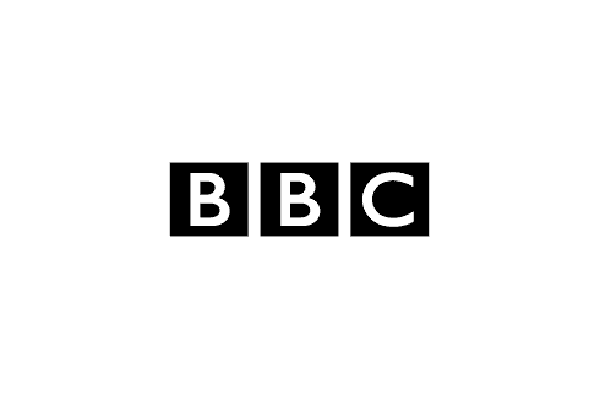Compare low interest loans
Find low interest loans and keep your borrowing affordable

Check eligibility and compare loans
What is a low-interest loan?
A low-interest unsecured loan is one that offers a lower than usual rate of interest, making borrowing more affordable. That's because lower interest rates mean lower monthly repayments.
Lenders take lots of factors into account when deciding who is eligible for a low-interest loan. These include:
How much you want to borrow
Your income and financial history
Your credit score
The rate a lender offers you could be lower than the advertised rate - you need a strong credit score to access the best low-interest loans. If your score is poor, you could be offered a higher rate than the headline one you saw on a website or advert.
Can I get a low-interest loan?
As with most types of financing, your credit history plays a vital role in the interest rate you’ll be offered on a loan. That’s because the better your credit history, the more likely you will be offered cheaper loans with lower interest rates.
If you have bad credit, you may find it difficult to get a low-interest loan. In these circumstances, you may need to consider a bad credit loan. This type of loan is offered by providers who are likely to limit the amount you can borrow and charge a higher rate of interest than standard loan companies.
Another alternative is to see if someone else – typically a family member or close friend – would be willing to guarantee making repayments on your behalf if you can’t. If this is the case, you may be able to get a guarantor loan.
This can reduce the interest rate you pay, when compared to a bad credit loan as the bank or building society will be taking on less risk. But guarantor loans are still typically more expensive than standard loans.
The better your credit history, the more likely you will be offered cheaper loans.”
How to compare low interest loans
The term
Type of interest rate
Repayments
Overall cost

Check eligibility and compare loans
Comparing loans with low-interest rates
The interest rate is one of the most important numbers you need to consider when taking out a loan. This rate tells you, in percentage terms, how much interest you’ll pay on what you borrow. It is shown as an annual percentage rate (APR) which tells you what the total cost of borrowing would be for a year, including set-up fees and charges.
As you can see from the graph below, the interest you pay overall can be affected even by small changes to the APR. Whatever the rate, you’ll also pay more interest the longer you take to pay off your debt.
The graph shows how the APR can affect the interest you’ll pay on a loan of £5,000 over two years.
Based on a loan of £5,000 over a term of 2 years.
Other borrowing options
Low-interest loans can be a good option in the right circumstances, but it's always worth considering if another form of finance might better suit your needs. For instance, a 0% credit card might be a better option, as long as you can pay back what you owe in the introductory period.
There are several types of 0% cards, including balance transfer and money transfer options. But a credit card that gives you 0% interest on purchases is likely to be the best way of borrowing, provided you're disciplined enough to pay off your entire balance within the 0% interest period. That means you can borrow the money without paying any interest at all.
Think carefully about how long you need to pay back the borrowed amount and then choose the card that fits your needs - some cards have interest-free periods that last up to 25 months.
Another option would be to do a balance transfer to another 0% credit card when the interest-free period ends. As you might expect, you need a healthy credit rating to use a credit card in this way, especially if the interest-free period is upwards of 20 or even 30 months. After all, you can only get access to 0% cards with high enough limits if you have a solid credit history. The risks with 0% balance transfer cards are that if you don’t qualify for another 0% card at the end of your term, you’ll be stuck paying interest, just as you would if you use the card for purchases.
Even if you can’t get a 0% purchase or balance transfer card. It’s worth shopping around to see what rates you’re offered, and how they compare to loan APRs.
FAQs
What does APR mean?
It stands for annual percentage rate, which is the interest you would pay on the total value of your loan over a year. It typically includes arrangement fees. The lower your APR, the lower your interest payments.
Is the interest rate fixed?
All the unsecured loans in this comparison offer fixed interest rates, so the amount you pay will stay the same throughout the term.
How long does it take to apply online?
Applying online can take minutes if you have your details ready. However, some secured loan applications take longer as the lender has to value your assets and establish how much equity you have in your property first.
Can I still get a loan with bad credit?
Yes, you can get a loan even if you have a low credit score. However, you are unlikely to be offered a low-interest loan, and you may need to apply for a specialist bad credit loan or guarantor loan. Taking steps to improve your credit rating will improve the interest rates you’re offered.
Didn't find what you were looking for?
Our most popular loan options:
Other loans you can consider:
Everything you need to gain credit for…

Very fast and efficient. From start to finish it was easy to follow the application.

Great website










